- Liliaceae
- Lamiaceae
- Euphorbiaceae
- Leguminosae
- Zingiberaceae
- Chloranthaceae
- Campanulaceae
- Asteraceae
- Acanthaceae
- Orchidaceae
- Polygonaceae
- Ranunculaceae
- Vitaceae
- Rubiaceae
- Solanaceae
- Thymelaeaceae
- Saururaceae
- Moraceae
- Polypodiaceae
- Myrtaceae
- Araceae
- Adiantaceae
- Schisandraceae
- Amaranthaceae
- Berberidaceae
- Araliaceae
- Taxaceae
- Cucurbitaceae
- Apiaceae
- Guttiferae
- Scrophulariaceae
- Papilionaceae
- Caprifoliaceae
- Elaeagnaceae
- Apocynaceae
- Brassicaceae
- Papaveraceae
- Gentianaceae
- Paeoniaceae
- Lauraceae
- Punicaceae
- Nyssaceae
- Ephedraceae
- Gnetaceae
- Polygalaceae
- Violaceae
- Ginkgoaceae
- Cupressaceae
- Dipsacaceae
- Eucommiaceae
- Juglandaceae
- Dryopteridaceae
- Rosaceae
- Huperziaceae
- Caryophyllaceae
- Rhamnaceae
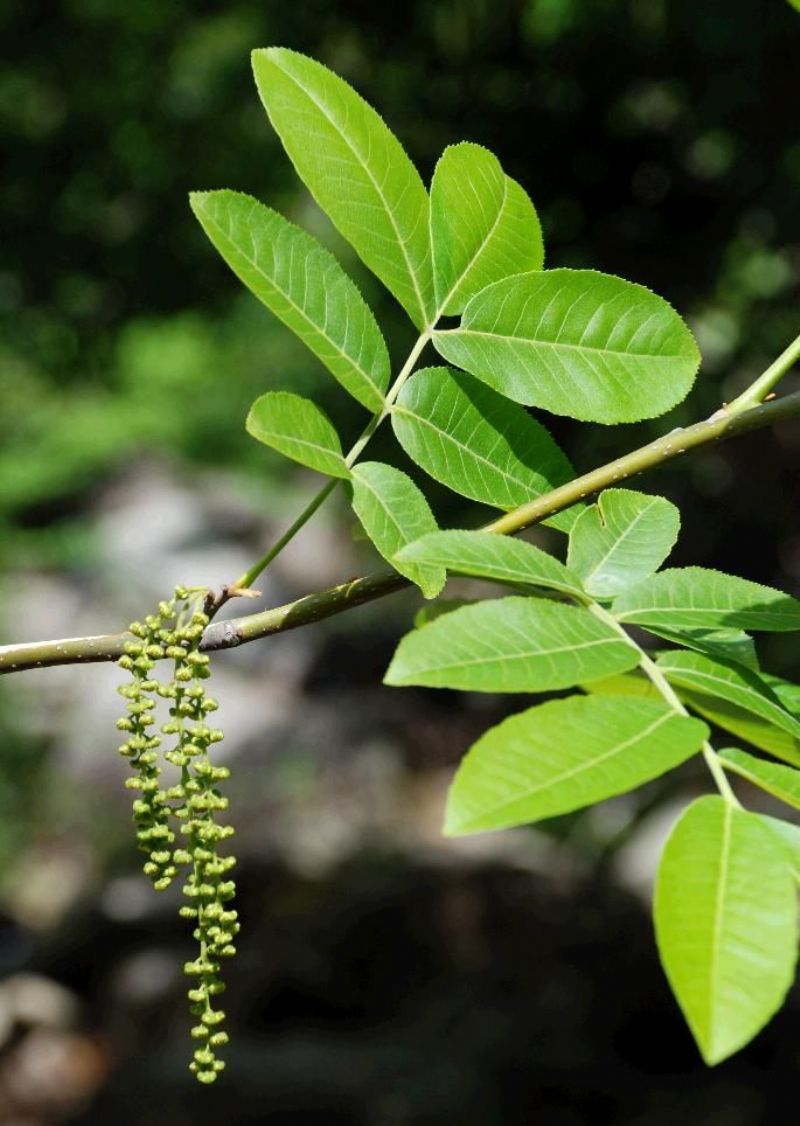
Cyclocarya Paliurus (Bata1) Iljinskaja
- Introduction
- Download
Blast
Cyclocarya Paliurus (Bata1) Iljinskaja, a unique genus of Juglangdaceae, is a well-known edible and medicinal plant growing in southern China. The leaves of Cyclocarya Paliurus have been often used to produce teas with health benefits, which is named “sweat tea” for its slight sweetness. It has been demonstrated that C. Paliurus exhibits various pharmacological activities such as anti-hypertensive, hypoglycemic, antioxidant and enhancement of mental efficiency, which may be mostly attributed to its various bioactive components, e.g. flavonoids, triterpenoids, polysaccharides and polyphenols. Among these compounds, triterpenoids are an important group of health-promoting chemicals
Year: 2016
Institution: Jiangxi Key Laboratory of Natural Products and Functional Food; Jiangxi Agricultural University, Nanchang,China
Material: Jiangxi, China
Download: http://www.herbal-genome.cn/index.php?m=content&c=index&a=show&catid=100&id=129
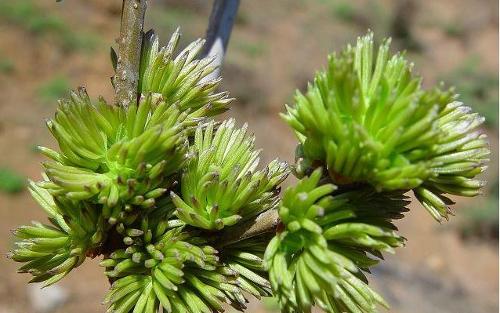
Eucommia ulmoides
- Introduction
- Download
Blast
Eucommia ulmoides Oliver, belonging to the monotypic family Eucommiaceae, is a woody perennial dioecious species that is native to China and is widely distributed across the temperate zone in central and eastern areas, such as Shanxi, Henan, Anhui, Zhejiang, Guangxi, Hunan, Guizhou, Sichuan, and Hubei provinces. E. ulmoides inhabits mixed mesophytic forest habitats of valleys, hills, and low mountains. The fossil record of Eucommia indicates that several species are included in this genus and that Eucommia species were widely distributed in North America during the Cenozoic period. A previous study also reported that E. ulmoides may now be extinct in the wild, and E. ulmoides was included in the Red List of Endangered Plant Species in China.
Year: 2016
Institution: Non-timber Forestry Research and Development Center of Chinese Academy of Forestry, Zhengzhou 450003, Henan, China
Material: Yunnan, China
Download: http://www.herbal-genome.cn/index.php?m=content&c=index&a=show&catid=100&id=128
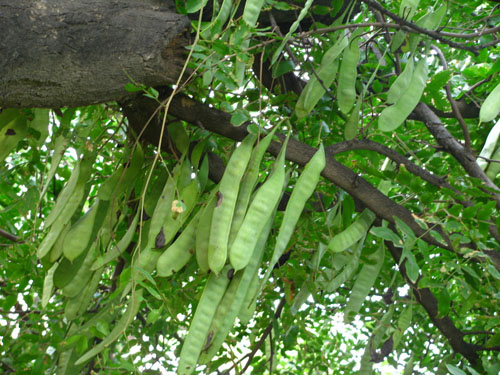
Gleditsia sinensis Lam.
- Introduction
- Download
Blast
Gleditsia sinensis Lam. is a leguminous tree native to China. It has high economic, medicinal, and ecological value, and it has been used as a detergent in China for thousands of years. In Chinese traditional medicine, the thorns of G. sinensis are used for the treatment of inflammatory diseases, including swelling, suppuration, carbuncle, and skin diseases. G. sinensis can survive in arid regions and is tolerant to extreme temperature conditions.
Year: 2014
Institution: Institute of System Biology, Shanghai University, Shanghai 200444, China
Material: Jiangsu, China
Download: http://www.herbal-genome.cn/index.php?m=content&c=index&a=show&catid=100&id=127
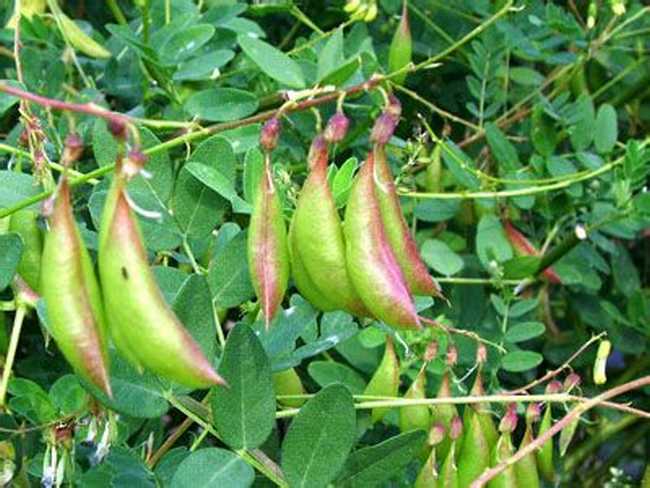
Astragalus membranaceus
- Introduction
- Download
Blast
Astragalus membranaceus Bge. var. mongolicus (Bge.) Hsiao (A. mongolicus) is a traditional Chinese herb that has successfully evolved in arid and semi-arid environments. At present, it is primarily cultivated on a large scale by farmers in the northern and northwestern regions of China due to the shortage of wild resources. Understanding the herb resistance to drought stress has contributed to guiding planting and optimising the yield.
Year: 2016
Institution:
College of Life Science, The Good Agriculture Practice Engineering Technology Research Center of Chinese and Mongolian Medicine, Inner
Mongolia University, Hohhot 010021, China
Material: Huhhot, China
Download:
http://www.herbal-genome.cn/index.php?m=content&c=index&a=show&catid=100&id=126
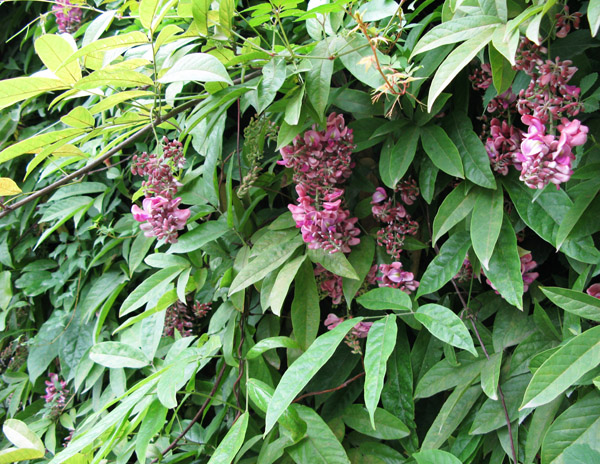
Platycladus orientalis
- Introduction
- Download
Blast
Callerya speciosa (Champ.) ScHot is a woody perennial plant in Fabaceae and distributed over South China and Southeast Asia. Its roots have long been used for food and as a traditional medicinal herb, with properties of toxin removal, heat clearance from the lungs to relieve cough, liver purging and kidney invigoration.
Year: 2016
Institution: Institute of Tropical Crop Genetic Resources, Chinese Academy of Tropical Agricultural Sciences, Danzhou 571737, Hainan, China.
Material: Beijing, China
Download: http://www.herbal-genome.cn/index.php?m=content&c=index&a=show&catid=100&id=125
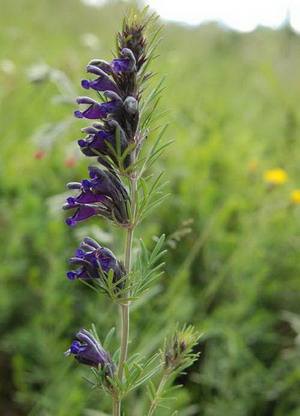
Dracocephalum tanguticum
- Introduction
- Download
Blast
Dracocephalum tanguticum Maxim, a Lamiaceae species mainly distributed in high altitude mountain areas in western China. It has been recorded in Tibetan medicine standardas one of the most common Tibetan medicine used for the treatment of hepatitis, gastritis, dizziness, arthritis, and ulcer
Year: 2017
Institution: Medicinal Plants Research Centre, Tibet Agricultural and Animal Husbandry College, Nyingchi, 860000, China
Material: Tibet, China
Download:
http://www.herbal-genome.cn/index.php?m=content&c=index&a=show&catid=100&id=124
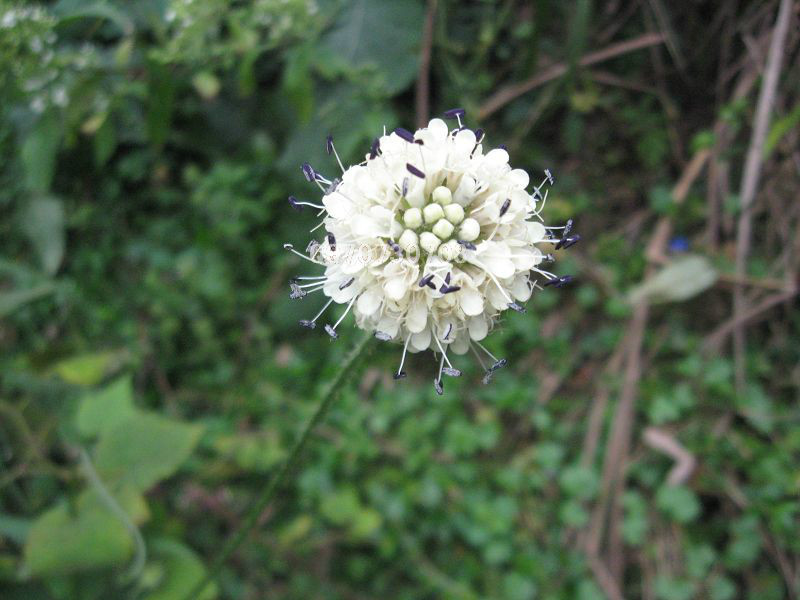
Dipsacus asperoides
- Introduction
- Download
Blast
Dipsacus asperoides is a traditional Chinese medicinal crop of the Dipsacaceae family. Its root gets its name “Dipsaci radix” from the capacity to heal broken bone, and is considered “top grade” as early as Shen Nong’s Herbal Classic. More detailed, related information can be found in the Pharmacopoeia of the People’s Republic of China. Later generations often use it as a prescription with other compatible medicines. It has been used clinically for the treatment of osteoporosis, lassitude in loin and legs, fractures, abortion and dysmenorrheal diseases, as well as Alzheimer’s disease and cancer.
Year: 2016
Institution: Yunnan Research Center on Good Agricultural Practice for Dominant Chinese Medicinal Materials, Yunnan Agricultural University, Yunnan, China
Material: Yunnan, China
Download:
http://www.herbal-genome.cn/index.php?m=content&c=index&a=show&catid=100&id=123
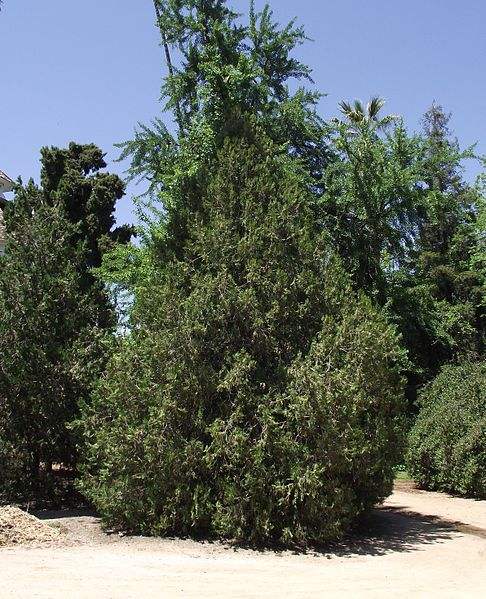
Platycladus orientalis
- Introduction
- Download
Blast
Platycladus orientalis, of the family Cupressaceae, known as Chinese thuja, Oriental arborvitae, Chinese arborvitae, biotaor oriental thuja. It is native to northwestern China, Korea, and the Russian Far East (Amur + Khabarovsk). The leaf of Platycladus extract promotes hair growth by inducing the anagen phase in resting hair follicles.
Year: 2016
Institution: National Engineering Laboratory for Tree Breeding, Key Laboratory of Genetics and Breeding in Forest Trees and Ornamental Plants, Ministry of Education, College of Biological Sciences and Technology, Beijing Forestry University, Beijing, China
Material: Beijing, China
Download: http://www.herbal-genome.cn/index.php?m=content&c=index&a=show&catid=100&id=122
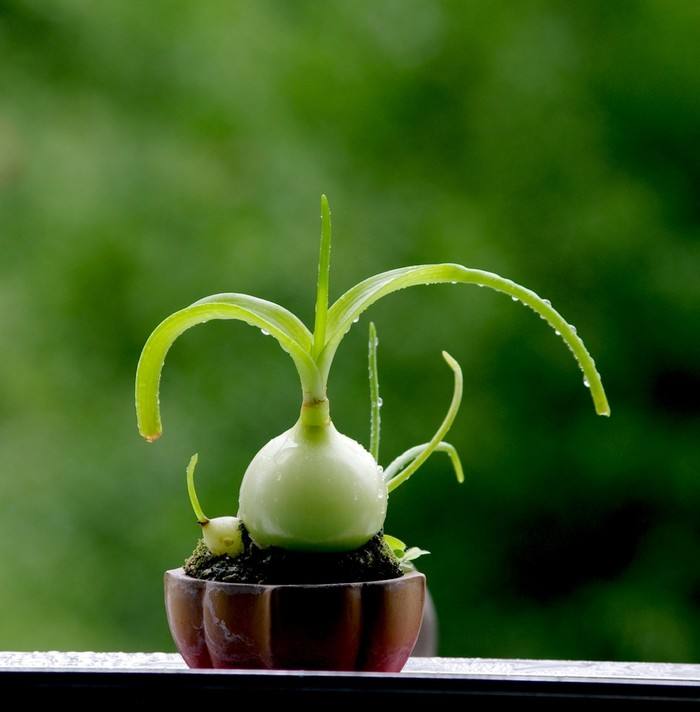
Ornithogalum caudatum
- Introduction
- Download
Blast
Ornithogalum caudatum, rich in anti-cancer steroidal saponins and polysaccharides, an annual herb originally distributed in southern Africa and introduced to ancient China, was known in Chinese folk medicine as exhibiting anticancer, antimicrobial and anti-inflammatory activities.
Year: 2016
Institution: Institute of Materia Medica, Chinese Academy of Medical Sciences & Peking Union Medical College (State Key Laboratory of Bioactive Substance and Function of Natural Medicines & Ministry of Health Key Laboratory of Biosynthesis of Natural Products), Beijing, 100050, China.
Material: -
Download: http://www.herbal-genome.cn/index.php?m=content&c=index&a=show&catid=100&id=121
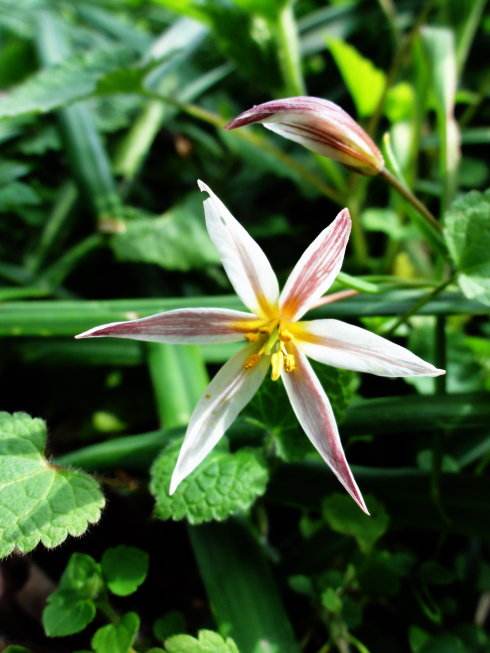
Tulipa edulis (Miq.) Baker
- Introduction
- Download
Blast
Tulipa edulis (Miq.) Baker is a perennial herb in the Liliaceae family. The bulb has been used in traditional Chinese medicine (TCM) under the common name “Guangcigu” and is widely used in the treatment of sore throat, scrofula, ulcer and postpartum blood stasis. Currently, Guangcigu is also an important medicine for the treatment of a variety of tumors, such as throat cancer, lymphoma, and breast cancer.
Year: 2016
Institution: Institute of Chinese Medicinal Materials, Nanjing Agricultural University, Nanjing, China, 2 College of Pharmacy, Henan University of Chinese Medicine, Zhengzhou, China
Material: Anhui, China.
Download: http://www.herbal-genome.cn/index.php?m=content&c=index&a=show&catid=100&id=120